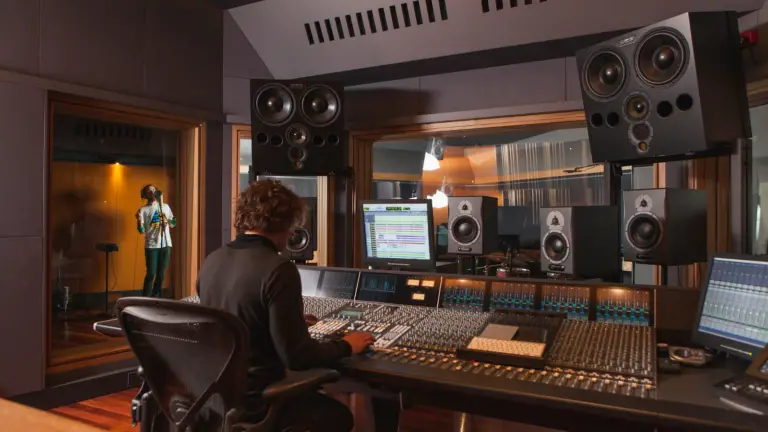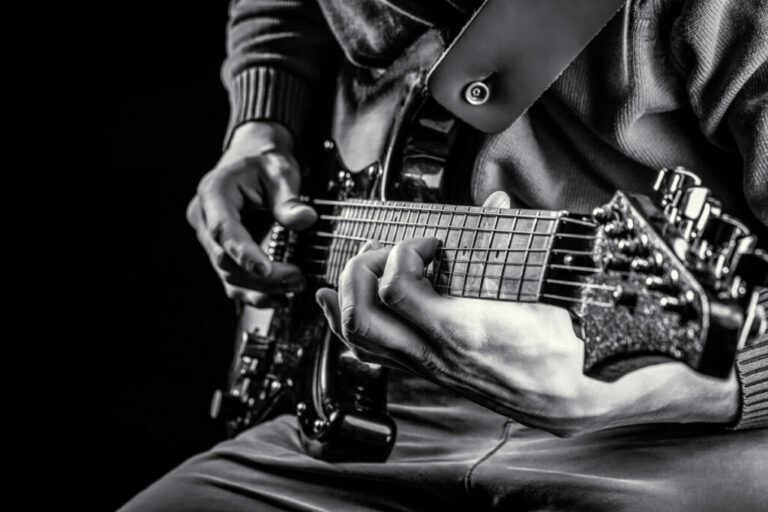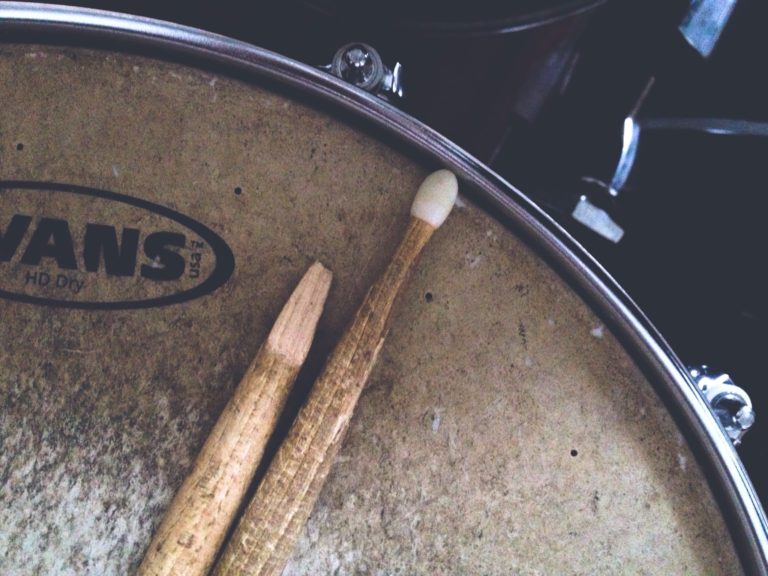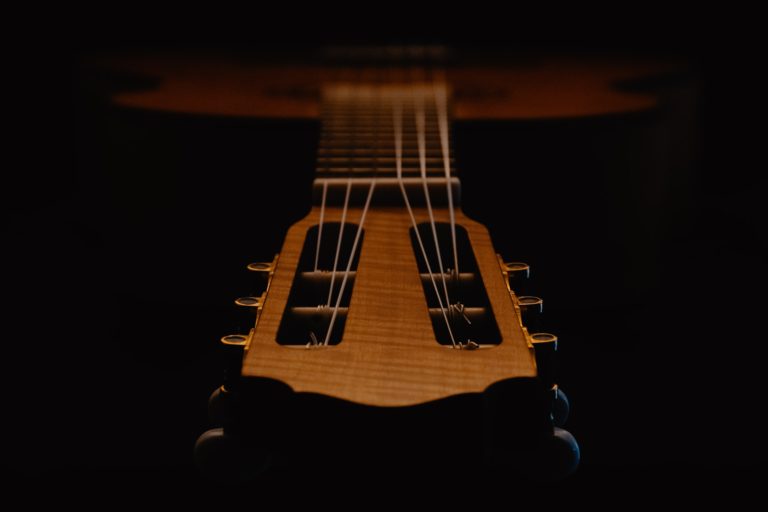What is Aftertouch on a Midi Controller?
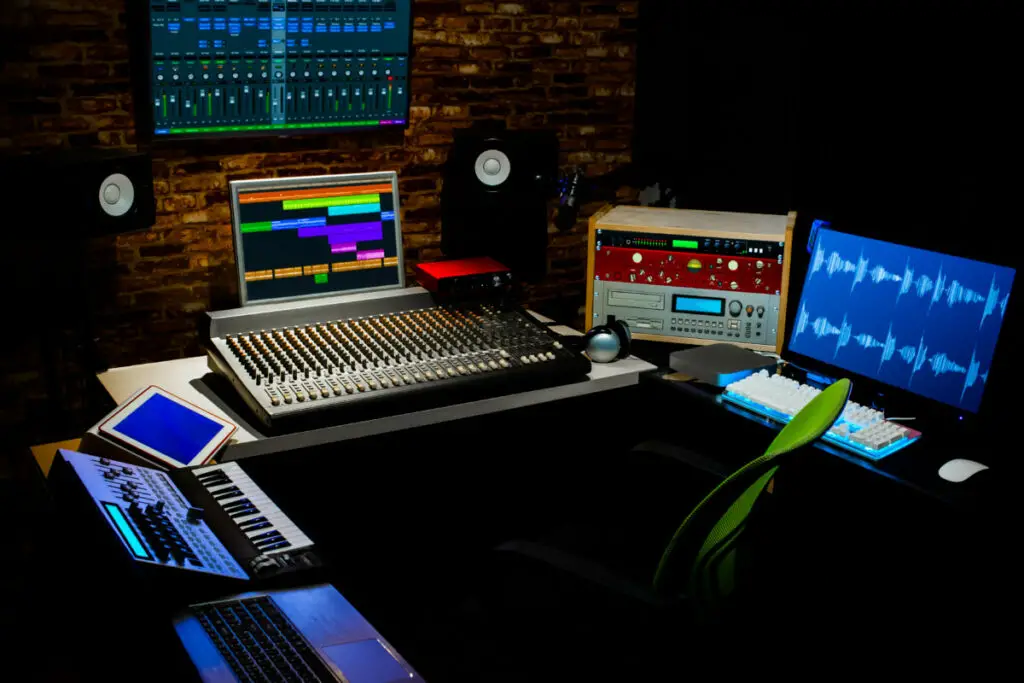
A midi controller or keyboard is a phenomenal tool for a musician working with midi devices to make and change music. It helps them to be able to control the transmission of different sounds realistically and artistically. One of those things is aftertouch. So, what is aftertouch on a midi controller?
Aftertouch is the amount of pressure applied to a key after it is played. The amount of pressure changes the sound effect applied to the note. For example, the note might change the filter to add more reverb, making it more echoey.
Aftertouch has a variety of uses and requires a lot of skills to master. It’s important to understand how aftertouch differs from other effects available through the controller, how to use aftertouch when it is best to apply aftertouch, and how to practice using it.
What is the Difference Between Aftertouch and Other Controller Functions?
A few distinct differences exist between aftertouch and other controller functions.
Difference #1: It’s Part of the Controller
First, Aftertouch is a part of some controllers rather. It’s not a specific music effect. It just applies them with the amount of pressure from the aftertouch. Effects can be programmed into the machine as needed. Not all midi controllers come with this feature.
This is similar to velocity pressure, which measures how hard the key was struck. For example, if the key was struck harder, the note might get louder.
Difference #2: It’s Mechanical (Not Digital)
Second, aftertouch uses pressure, meaning that it’s mechanically based. Each key has a pressure sensor that collects information and sends it to an audio receiver.
This means it’s not something you add in with a digital audio workstation (DAW). However, you might find effects that emulate aftertouch.
Difference #3: It Applies To One Note
Finally, aftertouch applies to one note, which is unlike channel pressure. Devices that use channel pressure apply to all notes.
If a musician tries to put pressure on one key more than others in a chord, a device with channel pressure will modulate the chord so all the notes still have equal volume, timber, and vibrato.
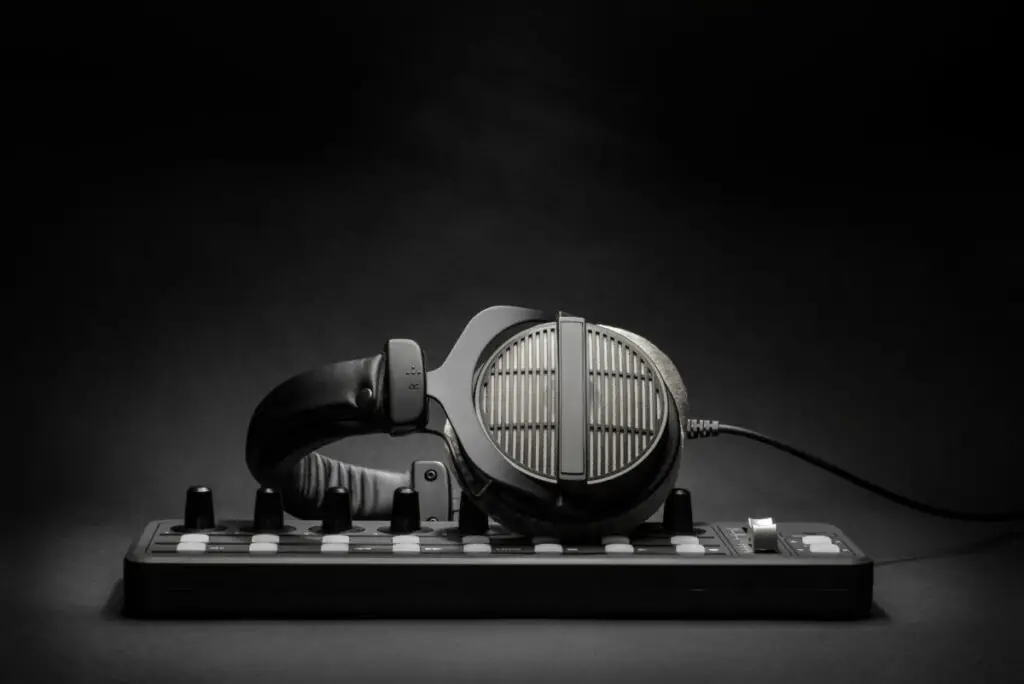
Overall, the big difference between aftertouch and other controller functions is that aftertouch is an innate part of the device that changes how a note is played due to pressure. This feature can be utilized at the artist’s discretion and completely depends on how they play the controller rather than their ability to edit the music.
How to Use Aftertouch
Using aftertouch is incredibly simple. All you have to do is pick a key to play. Once you have decided that, you need to press down on the key. Once you have touched the key, the aftertouch will be activated.
Then you can press down on different parts of the key, applying different levels of pressure to the key, and even rolling pressure from the top to the bottom. You will hear how the aftertouch is activated and how it impacts the transmitted sound.
Aftertouch is called a modulation source, meaning that the pressure on the key changes the signals and transmissions. This modulation source can be modified using a program called a mod matrix. Mod matrix programs allow an artist to change what aftertouch does to the signal. This allows for additional creativity outside of the basic vibrato and volume changes.
When is it Best to Apply Aftertouch?
It is best to apply aftertouch when an artist wants to add vibrato and slight volume changes to a note, chord, or phrase of music. Using aftertouch is also a good idea when you want to change one note in a chord.
This effect would likely be used in long and flowy music phrases, notes sustained for longer periods, or the voices in an ensemble. It is not common to use aftertouch during fast-paced and changing music passages.
It might help to think of aftertouch as an effect that allows an artist to add human traits of classical musicianship to their music. Vibrato is something that classical musicians, like pianists, utilize to display emotion.
The volume of one note is also often used in classical music to allow for emotion and musical build-up or release. You can use aftertouch to bring the same artistry to your music.
This is a general guideline. It is important to remember that aftertouch has so many uses and abilities that it is up to the artist to decide when to use it.
The Best Ways to Practice Using Aftertouch
One of the best ways to practice using aftertouch is to practice using aftertouch with one note. This helps to simplify the process and help to train your ear to hear what different uses of aftertouch do to each note.
People often do different actions and try to analyze how the noise is modified. People try using different levels of pressure, pressing different spots on the key, moving force from one part of the key to another, and many more things when using aftertouch. After trying all these different pressures and styles of applying pressure, you will have a good base to experiment with.
Watch the video below if you need ideas on different ways to practice using aftertouch.
After figuring out the basics of aftertouch on your device, it makes sense to practice aftertouch within your music and begin the trial and error process.
With all of this in mind, it is clear that aftertouch is an important facet of midi music creation. It is impressive that devices can transmit code and create layered forms of music.



